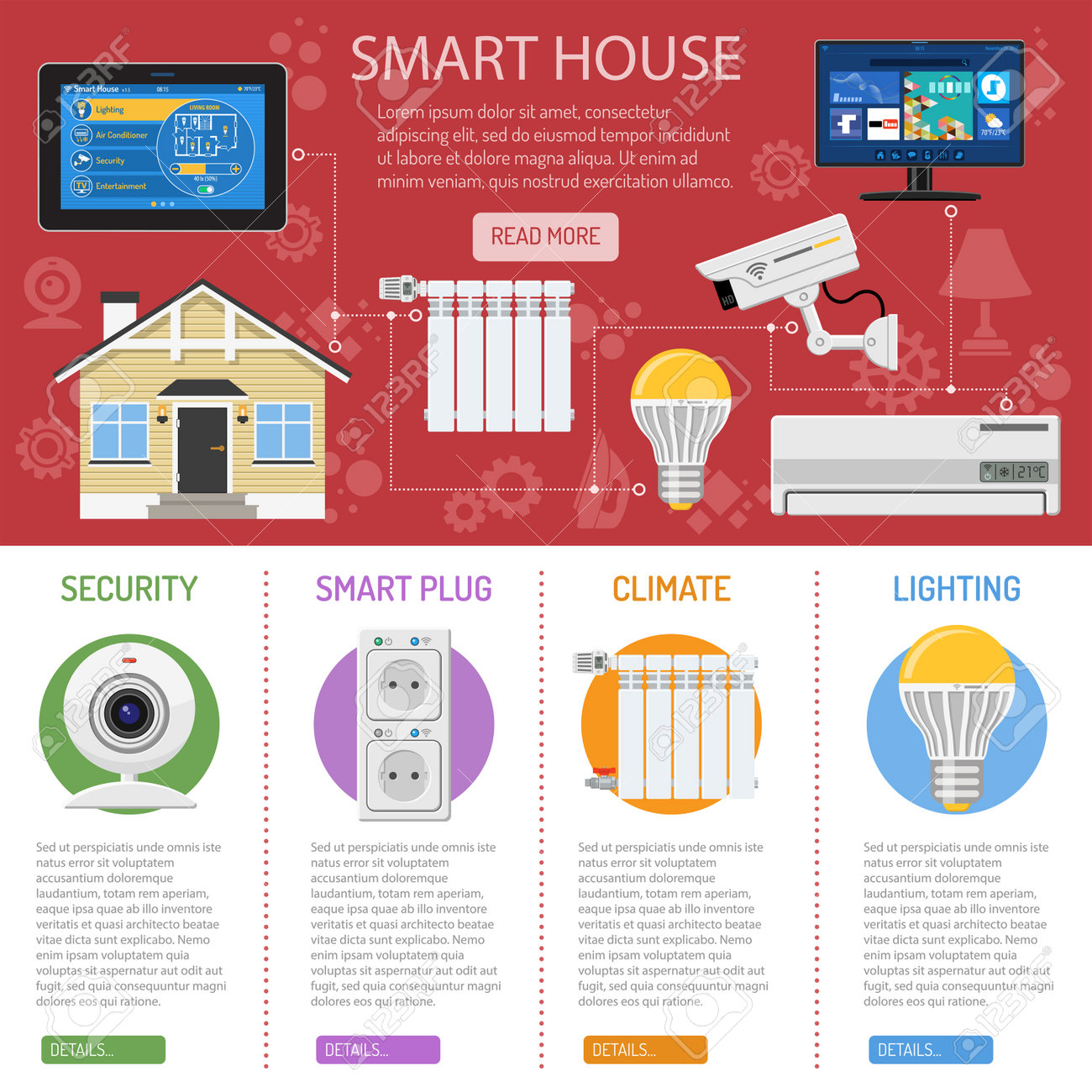The Ultimate Guide To Understanding Heat Pumps - Exactly How Do They Work?
The Ultimate Guide To Understanding Heat Pumps - Exactly How Do They Work?
Blog Article
Short Article By-Forrest Montoya
The best heat pumps can conserve you substantial amounts of money on power bills. They can likewise help reduce greenhouse gas exhausts, particularly if you make use of power instead of nonrenewable fuel sources like propane and home heating oil or electric-resistance heating systems.
Heat pumps function significantly the like air conditioners do. This makes them a sensible alternative to standard electric home furnace.
How They Function
Heat pumps cool down homes in the summertime and, with a little aid from power or gas, they provide several of your home's heating in the winter months. They're an excellent choice for individuals that wish to reduce their use fossil fuels but aren't ready to change their existing heater and air conditioning system.
They rely on the physical reality that also in air that appears as well cold, there's still energy present: cozy air is constantly moving, and it wishes to move into cooler, lower-pressure atmospheres like your home.
A lot of power celebrity licensed heat pumps operate at near to their heating or cooling ability throughout the majority of the year, reducing on/off cycling and conserving energy. For the best efficiency, concentrate on systems with a high SEER and HSPF score.
The Compressor
The heart of the heat pump is the compressor, which is also referred to as an air compressor. This mechanical moving device uses potential power from power development to increase the stress of a gas by decreasing its volume. It is different from a pump in that it only services gases and can not deal with liquids, as pumps do.
Atmospheric air enters the compressor via an inlet valve. It travels around vane-mounted arms with self-adjusting length that separate the interior of the compressor, producing multiple tooth cavities of varying dimension. The rotor's spin pressures these tooth cavities to move in and out of stage with each other, pressing the air.
https://choosing-the-right-hvac-c23222.blog2freedom.com/29329215/5-indications-it-s-time-to-upgrade-your-heating-system-to-a-heat-pump draws in the low-temperature, high-pressure refrigerant vapor from the evaporator and compresses it into the hot, pressurized state of a gas. This process is repeated as required to provide heating or air conditioning as called for. https://www.fluxmagazine.com/air-conditioning-technology/ consists of a desuperheater coil that recycles the waste warmth and adds superheat to the cooling agent, altering it from its liquid to vapor state.
The Evaporator
The evaporator in heatpump does the very same thing as it does in refrigerators and air conditioning system, altering liquid cooling agent right into an aeriform vapor that gets rid of heat from the room. Heatpump systems would certainly not work without this important tool.
This part of the system is located inside your home or structure in an interior air trainer, which can be either a ducted or ductless system. It includes an evaporator coil and the compressor that compresses the low-pressure vapor from the evaporator to high pressure gas.
Heat pumps absorb ambient warm from the air, and then use electrical power to move that heat to a home or company in heating setting. https://costofreplacingheatingand23232.blogs100.com/29784328/taking-full-advantage-of-convenience-and-financial-savings-tips-for-optimizing-your-heat-pump-efficiency makes them a lot much more energy effective than electrical heating systems or heating systems, and since they're making use of tidy power from the grid (and not shedding fuel), they also generate far less discharges. That's why heatpump are such fantastic environmental selections. (As well as a huge reason why they're ending up being so prominent.).
The Thermostat.
Heat pumps are excellent options for homes in cold environments, and you can utilize them in combination with conventional duct-based systems or perhaps go ductless. They're a fantastic alternate to fossil fuel heater or conventional electric heating systems, and they're much more sustainable than oil, gas or nuclear cooling and heating tools.
Your thermostat is the most essential part of your heat pump system, and it works extremely in different ways than a conventional thermostat. All mechanical thermostats (all non-electronic ones) job by utilizing compounds that alter size with increasing temperature level, like curled bimetallic strips or the broadening wax in an auto radiator shutoff.
These strips contain two various kinds of metal, and they're bolted with each other to create a bridge that finishes an electrical circuit connected to your heating and cooling system. As the strip obtains warmer, one side of the bridge broadens faster than the other, which creates it to flex and signal that the heating system is required. When the heatpump is in heating setting, the turning around valve reverses the flow of refrigerant, so that the outside coil currently works as an evaporator and the indoor cyndrical tube comes to be a condenser.